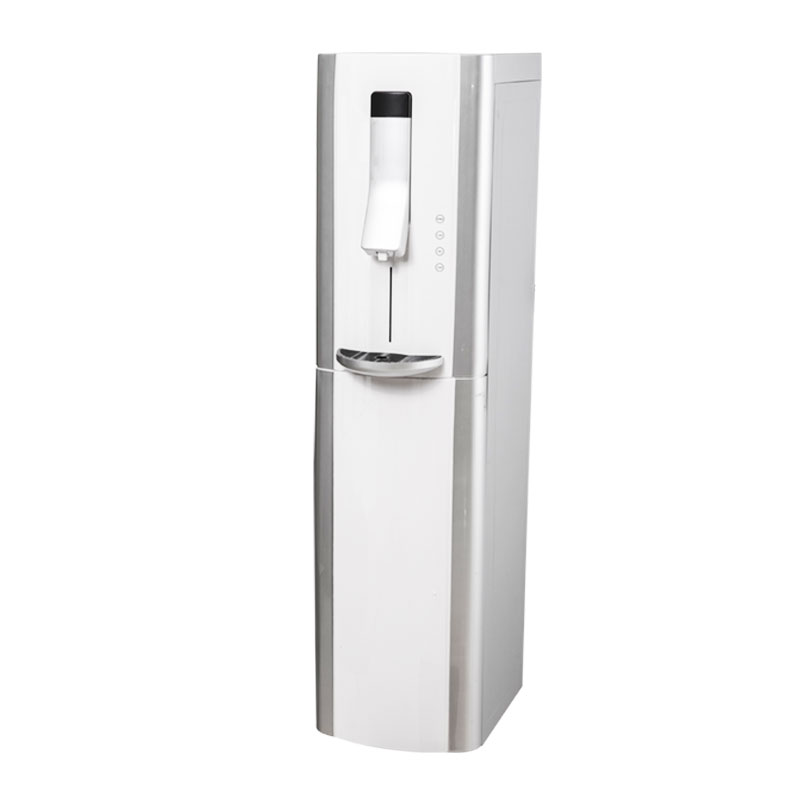Dehumidifiers are widely used in homes, offices and industrial environments. Their main function is to reduce the humidity in the air, thereby effectively preventing mold growth, improving air quality, and protecting the integrity of buildings and furniture. A deep understanding of the working principle of dehumidifiers can not only help users use the equipment more effectively, but also provide consumers with a scientific basis when purchasing.
Basic structure of dehumidifiers
Before discussing the working principle of dehumidifiers, it is necessary to understand their basic structure. The core components of a dehumidifier include:
Compressor: responsible for compressing the refrigerant and realizing its circulation.
Condenser: cools and converts the high-temperature and high-pressure refrigerant into liquid.
Evaporator: evaporates the liquid refrigerant, thereby absorbing heat from the air.
Fan: used to draw in indoor air and promote air flow.
Water tank or drainage system: used to collect condensed water and discharge it.
Working principle of dehumidifiers
The working process of a dehumidifier can be divided into several key steps, each of which is a necessary link to achieve efficient dehumidification.
Air intake
The work of a dehumidifier begins with the intake of humid air. The built-in fan draws the humid air from the room into the unit, where the moisture and heat in the air are introduced into the condenser. The speed of the air flow and the efficiency of the fan have a direct impact on the dehumidification effect.
Cooling and condensation
The humid air first passes through the condenser. The surface temperature of the condenser is low, usually maintained by the circulation of refrigerant. When the humid air contacts the condenser, its temperature drops rapidly, causing the water vapor in the air to condense into water droplets. This process is achieved through heat exchange, and the low temperature of the condenser causes the moisture in the air to lose heat and condense.
Moisture collection
During the condensation process, the water droplets formed flow along the surface of the condenser into the water tank or drain pipe at the bottom. Modern dehumidifiers are usually equipped with a water tank that automatically stops working when the water is full to avoid overflow. At the same time, some high-end models also have an automatic drainage system that can directly discharge the condensed water, reducing the user's maintenance work.
Heating and releasing dry air
The humid air treated by the condenser enters the evaporator after the temperature is reduced. The main function of the evaporator is to convert the liquid refrigerant into a gas state. In this process, the liquid refrigerant absorbs heat from the air, causing the air temperature to rise again. After being processed by the evaporator, the dry air is released back into the room, further reducing the relative humidity in the room.
Cycle process
The above steps form a closed loop, and the dehumidifier continues to operate until the indoor humidity drops to the set value. Many modern dehumidifiers are equipped with humidity sensors that can monitor the air humidity in real time and automatically adjust the working state. When the humidity reaches the set value, the dehumidifier will automatically stop working; if the humidity rises again, the device will restart, thus ensuring that the indoor humidity remains in a comfortable range.











